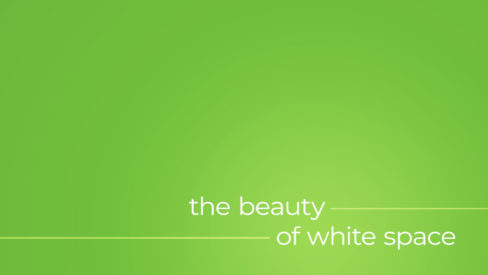While brands continue to challenge their teams to stretch marketing budgets and explore the best value for their spend, we have to wonder if the obsession with analytics and unknown numbers blurred the lines between quality and quantity. Much like our own loss of emotional connections through direct conversations outside of text and social, have brands unknowingly distant themselves from their end consumers through online only efforts?
Every brand has unique needs and goals, but when considering the immediate affects of experiential, there should be a perfect blend in a marketing plan incorporating this to a certain degree. The digital space has always won over marketers due to detailed analytics that support the rational of each spend as well as very specific targeting. Experiential efforts typically suffer from loose assumed numbers that may not necessarily reach the masses the way digital does. However, quality connections should be a strong consideration and layer since you can connect emotionally to a consumer with “boots on the ground” tactics.
Every budget is different, but you should consider the below check-points when considering marketing/advertising plans and whether or not some level of experiential is right for your brand/product:
- new brand or product launch
- product that involves trial (food, tech, demo, and most CPG brands)
- converting consumers
- loss of loyalty from quality issues
- drive to shelf
- social awareness and growth
We all know that experiential tends to be known as a costly tactic with weak numbers to support impressions and reach unlike the digital and social space. So if ROI reporting and KPI benchmarking tend to dictate budgets, consider value add scenarios that can be negotiated into media partnership. You can get creative and explore partners who play in the experiential space, and negotiate that as part of your full buy. While it typically will not be brand owned, it gives you the opportunity to dip your toe in direct consumer engagement in a cost effective way.
Ultimately marrying of the two gives brands an opportunity to create an experience with multiple touch points that will help the event live on once it is over. A perfect example where it is less forced was T-Mobile and Pandora’s oasis set up at Coachella Valley Music and Arts Festival, incorporating hashtags and creating an environment that would encourage attendees to Instagram, Snapchat, etc. sharing their experience. This allows the consumer to do the work for you online, acting as ambassadors for the brand through their own networks; thus pushing your reach beyond the event itself.
Look at your goals, challenges and end consumers and charge your internal/external teams to push your budgets and partnerships to include experiential marketing as a deliverable in your programming – the inclusion will connect your brand on a deeper level with consumers which cannot be accomplished through digital only. We live in a time where direct human interactions have taken a back seat to communication through devices, however the importance of connecting on an emotional level will never waiver and will always result in a lasting impression.




